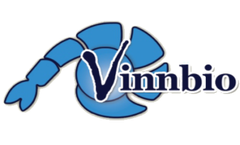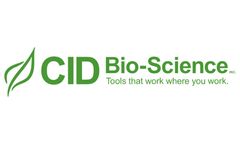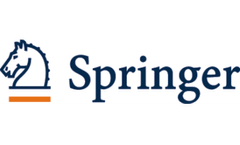Larvae Feed Articles & Analysis
5 articles found
White Spot Syndrome Virus (WSSV) is now and has for some time been the most serious threat facing the shrimp farming industry in Asia. It is an extremely virulent pathogen with a large number of host species. This disease is probably the major cause of direct losses of shrimp farming in Asia. Similarly, in Latin America, losses due to WSSV have been substantial. In addition, indirect losses in ...
ByVinnbio
Assessment of Attractiveness of Plants as Roosting Sites for the Melon Fly, Bactrocera cucurbitae, and the Oriental Fruit Fly, B. dorsalis. The Researcher Dr. Grant McQuate is a researcher with the USDA Agricultural Research Service (ARS) in Hilo, Hawaii. With over 24 years of experience in research in insect ecology, Dr. McQuate has focused much of his work on the attraction, ecology, host ...
As part of the ecological risk assessment of MON 87411 maize, that expresses a dsRNA targeting the Snf7 ortholog (DvSnf7) in Western Corn Rootworm (WCR; Diabrotica virgifera virgifera), dietary feeding studies with honey bee larvae and adults were conducted. Based on the mode of action of the DvSnf7 RNA in WCR, studies were designed to be of sufficient duration ...
Simulation revealed that toxic tissue concentrations of pollutants with log octanol–water partition ratio (KOW) > 5 peak at the moment when the larvae become free‐feeding, when the lipid reserves are depleted. This may explain the delayed effects observed in fish early‐life‐stage experiments with exposed eggs. In the field, eggs can be exposed through maternal ...
Flowering pigeon pea evoked far more oviposition than did the other plant species and was the most preferred plant for neonate larval feeding. It also supported development of the most robust larvae and pupae, and these produced the most fecund moths. ...




